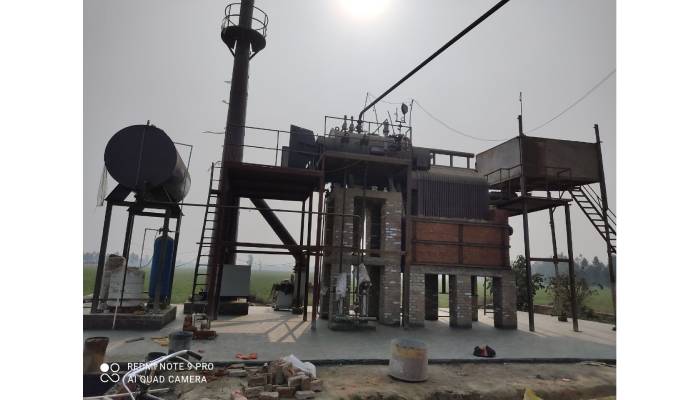Understanding The Basics Of Gas Steam Boiler Systems
Gas steam boiler systems operate on a relatively straightforward principle: water is heated to produce steam, which is then distributed for various uses. At the heart of these systems is the boiler, where natural gas or propane is burned to heat water. The heat generated converts water into steam, which is then directed through pipes to meet heating or operational demands. Gas steam boilers typically consist of key components such as burners, heat exchangers, controls, and safety mechanisms. The burner ignites the gas, producing a flame that heats the water in the heat exchanger.
Key Benefits Of Using Gas Steam Boiler Technology
The adoption of gas steam boiler technology offers numerous benefits, making it a preferred choice for many applications. One of the primary advantages is energy efficiency. Modern gas steam boilers are designed to maximize heat transfer and minimize energy loss, resulting in lower operational costs. Additionally, natural gas burns cleaner than other fossil fuels, producing fewer emissions and contributing to a reduced environmental footprint. Gas steam boilers also offer rapid startup times and consistent steam output, ensuring reliable performance for critical applications.

How Gas Steam Boiler Designs Improve Energy Efficiency?
Energy efficiency is a key consideration in the design and operation of gas steam boilers. Advanced technologies and innovative engineering have led to significant improvements in boiler efficiency, reducing fuel consumption and operating costs. Modern designs often incorporate high-efficiency burners, which optimize fuel combustion to produce maximum heat with minimal waste. Heat exchangers in these boilers are engineered for optimal thermal conductivity, ensuring that the maximum amount of heat generated is transferred to the water.
Common Applications Of Gas Steam Boiler Units
Gas steam boilers are widely used across various industries and sectors, thanks to their versatility and efficiency. In industrial settings, these boilers are essential for processes such as chemical manufacturing, food production, and textile operations, where steam is required for heating, sterilization, or drying. In the commercial sector, gas steam boilers are commonly used to provide heating for office buildings, hotels, and hospitals, ensuring comfort and functionality. Residential applications include central heating systems and hot water generation, particularly in areas with access to natural gas infrastructure.
Steps To Ensure Proper Gas Steam Boiler Installation
Proper installation is critical to the safe and efficient operation of gas steam boilers. The process begins with selecting the right boiler for the specific application, taking into account factors such as capacity, efficiency, and fuel type. Professional installation by qualified technicians is essential to ensure compliance with safety standards and manufacturer guidelines. During installation, key considerations include proper placement, adequate ventilation, and secure connections to the gas supply and steam distribution system.
Tips For Maintaining A Gas Steam Boiler For Longevity
Routine maintenance is essential to extend the lifespan and maintain the efficiency of gas steam boilers. Key maintenance tasks include regular cleaning of the boiler’s components, such as burners and heat exchangers, to prevent the buildup of soot and debris. Inspecting and testing the safety mechanisms, including pressure relief valves and low-water cutoff switches, ensures safe operation. Monitoring water quality is also crucial, as impurities can lead to scaling and corrosion, reducing the boiler’s efficiency and lifespan.
Comparing Gas Steam Boiler Types For Different Needs
Gas steam boilers come in various types and configurations, each designed to meet specific needs and applications. The two primary categories are fire-tube and water-tube boilers. Fire-tube boilers are known for their simplicity and ease of maintenance, making them a popular choice for smaller-scale applications such as residential and light commercial heating. In contrast, water-tube boilers offer higher efficiency and are better suited for large-scale industrial applications where high-pressure steam is required.
Conclusion
Gas steam boilers represent a cornerstone of modern heating and steam generation systems, offering efficiency, reliability, and versatility. From industrial processes to residential heating, these boilers provide a practical and cost-effective solution for a wide range of applications. Their energy-efficient designs and advanced technologies make them a sustainable choice, reducing operational costs and environmental impact.




